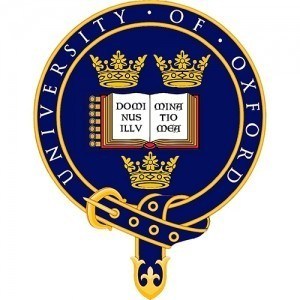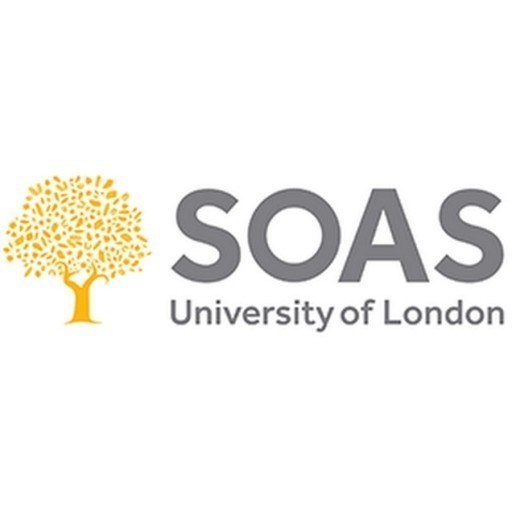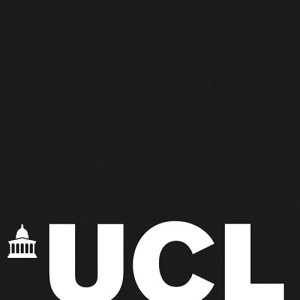Photos of university / #oxford_uni
Program Overview:
The MSc in Visual Material and Museum Anthropology at the University of Oxford offers a unique interdisciplinary approach to understanding the cultural significance, history, and materiality of visual materials and museum objects. This programme is designed for students interested in exploring the ways in which visual culture and museum collections shape our understanding of societies, identities, and histories across the globe. Building on the university’s renowned expertise in anthropology, art history, and museum studies, the course provides a comprehensive curriculum that combines theoretical foundations with practical skills.
Students will engage with core topics such as the anthropology of visuality, material culture studies, museology, heritage management, and the ethics of collecting and display. The programme emphasizes critical analysis of visual materials—from photographs, artworks, and digital media to ethnographic objects—examining their cultural, political, and social dimensions. Throughout their studies, they will have opportunities to analyze museum collections, participate in fieldwork, and develop curatorial skills that are essential for careers in museums, galleries, and cultural institutions.
The programme features a combination of lectures, seminars, and hands-on practical work, ensuring a rich learning experience. Students will benefit from the expertise of leading scholars and practitioners, and have access to world-class museum collections and resources within Oxford’s facilities. The MSc aims to prepare graduates for a wide range of careers, including museum curation, cultural heritage management, academic research, and policy development.
Furthermore, the course encourages critical thinking about contemporary issues such as colonial legacies in collecting practices, the digital transformation of museums, and debates surrounding cultural repatriation. Students are supported to develop individual research projects tailored to their interests, culminating in a dissertation that showcases their analytical and practical skills.
This programme is ideal for those passionate about cultural heritage, visual arts, anthropology, and museum studies, and seeks to foster innovative perspectives and ethical approaches to the study and management of visual materials and museum collections worldwide. Whether you aim to contribute to scholarly research, museum curation, or cultural policy, the MSc in Visual Material and Museum Anthropology at Oxford equips students with the knowledge, skills, and ethical framework necessary for a meaningful career in this dynamic field.
The MSc is structured around teaching for four papers. Papers one and two are assessed by a 5,000-word essay. Paper three is assessed by a portfolio of methods exercises and a research proposal. Paper four is examined by conventional three-hour unseen examination papers in June.
You will then use the next three months to research and write a 10,000-word dissertation for submission in September; you will be able to choose and refine the dissertation topic in consultation with your supervisor and other tutors as appropriate, but you will be required to write the dissertation unaided as a piece of independent research.
The four papers are as follows:
1. Contemporary themes in visual, material and museum anthropology
This paper focuses on topics such as visual culture (including photography, the internet, art and aesthetics); music and performance; museum ethics and relationships with 'source communities'; landscape and the built environment; dress and body modification; religion and ritual; material culture, mass production and trade; debates concerning tradition, modernity and authenticity; transnational cultural flows and the wider issues of cross-cultural investigation.
2. Option paper
You must select one option paper from those taught each year for MSc candidates at the Institute of Social and Cultural Anthropology. Titles of options will be made known at the beginning of each academic year and candidates may select their option from any of Lists A, B or C.
3. Research methods in visual, material anthropology and museum ethnography
This paper consists of two parts. Paper 3a is an outline proposal for the MSc dissertation research of no more than 2,500 words. Paper 3b is a methods portfolio consisting of reports (including notes) on trials of three visual and material anthropological methods and/or ethnographic museological methods relevant to the research proposed in Paper 3a. The word limit is 2,500 words.
4. Fundamental concepts in visual, material, and museum anthropology
This paper focuses on anthropology’s distinctive contribution to understanding social and cultural form and process, and the role of human creativity within them, with particular reference to artefacts of material and visual culture, and to the collection, display, production, circulation and consumption of such artefacts.
Applicants are normally expected to be predicted or have achieved a first-class or strong upper second-class undergraduate degree with honours (or equivalent international qualifications), as a minimum, in any discipline. Under the UK system, applicants should have a minimum of 65% in at least one prior degree.
For applicants with a degree from the USA, the minimum GPA sought is 3.7 out of 4.0.
If you hold non-UK qualifications and wish to check how your qualifications match these requirements, you can contact the National Recognition Information Centre for the United Kingdom (UK NARIC).
No Graduate Record Examination (GRE) or GMAT scores are sought.
- Official transcript(s)
- CV/résumé
- Personal statement: Around two to three pages
- Written work: Two essays of 2,000 words each
- References/letters of recommendation:Three overall, generally academic
ENGLISH LANGUAGE REQUIREMENTS
Higher level
|
Test |
Standard level scores |
Higher level scores |
||
|
IELTS Academic |
7.0 | Minimum 6.5 per component | 7.5 | Minimum 7.0 per component |
|
TOEFL iBT |
100 |
Minimum component scores:
|
110 |
Minimum component scores:
|
| Cambridge Certificate of Proficiency in English (CPE) | 185 |
Minimum 176 per component |
191 |
Minimum 185 per component |
| Cambridge Certificate of Advanced English (CAE) | 185 |
Minimum 176 per component |
191 |
Minimum 185 per component |
- Global Education
- Hill Foundation Scholarships
- A number of Research Council awards are available each year from the Economic and Social Research Council (ESRC), the Natural Environment Research Council (NERC), and Arts and Humanities Research Council (AHRC).
Visual Material and Museum Anthropology at the University of Oxford is an interdisciplinary postgraduate program designed to explore the cultural, social, and material aspects of museums and visual media. This program aims to equip students with a deep understanding of how visual culture and material artifacts interact within societies, both historically and in contemporary contexts. Students engage with a diverse range of topics including ethnographic film, museum display practices, conservation, curatorial theory, and the politics of display and representation. The curriculum combines theoretical coursework with practical skills, offering opportunities for students to develop expertise in both academic research and professional museum work.
The program emphasizes critical analysis of visual and material culture, encouraging students to evaluate the social implications of museum practices, curatorial decisions, and visual media. It prepares students for careers in museums, galleries, cultural heritage organizations, and academic research. Coursework involves lectures, seminars, and hands-on training, often including internships or placements within local institutions, allowing students to gain practical experience. The faculty comprises experts in anthropology, museology, archaeology, and visual culture, ensuring a comprehensive educational experience that bridges theory and practice.
Students are expected to develop strong research skills, capable of producing original work that contributes to the fields of museum studies and visual anthropology. The program also promotes an understanding of ethical issues relating to cultural representation and preservation. Graduates of the program have gone on to work in curatorial roles, research institutions, non-governmental organizations, and continue with doctoral studies.
The program is typically one year full-time or two years part-time, accommodating students from diverse academic backgrounds. Admission requires a relevant bachelor’s degree, excellent academic record, and a demonstrated interest in visual or material culture. As a distinctive feature, the program benefits from Oxford’s extensive resources, including world-renowned museums and research centers, providing students with unparalleled access to artifacts, archives, and interdisciplinary expertise. Overall, Visual Material and Museum Anthropology at Oxford offers a rigorous, immersive environment for students committed to advancing their careers in the dynamic and socially significant fields of museum and visual culture.


